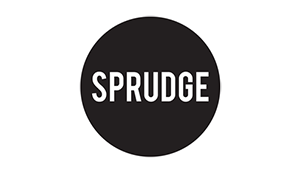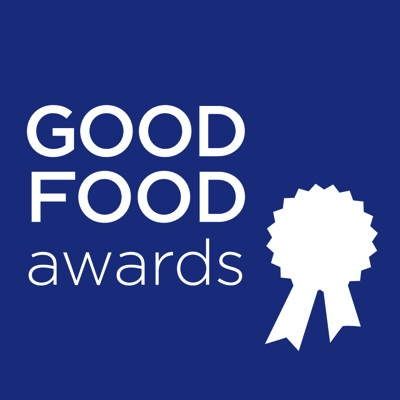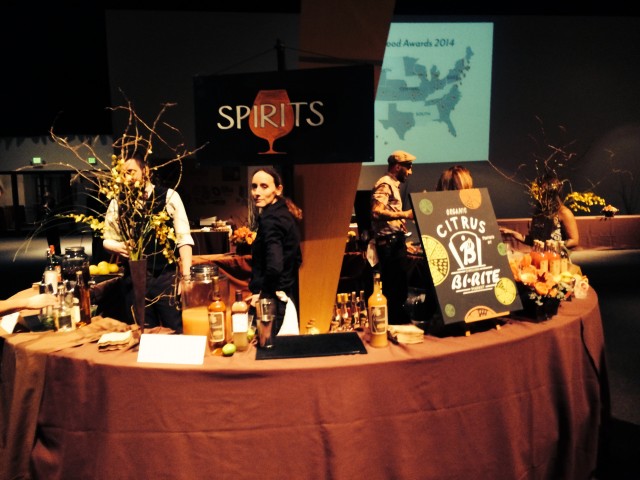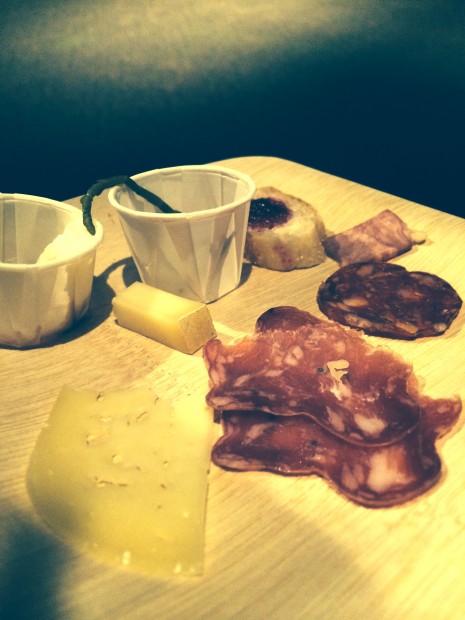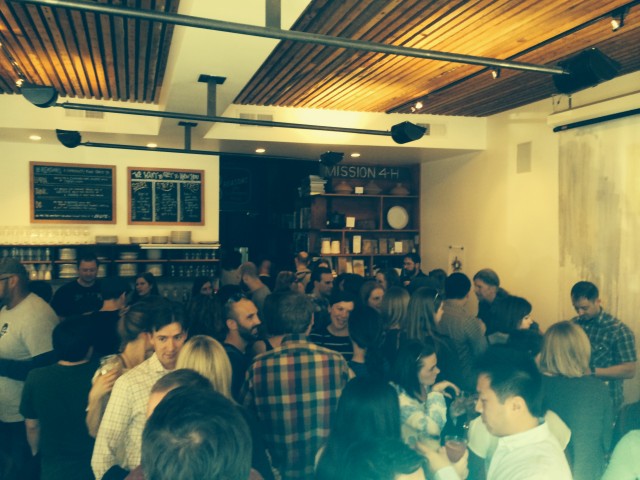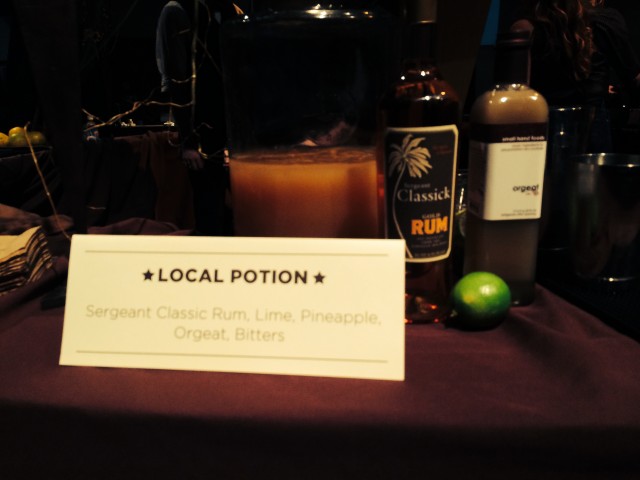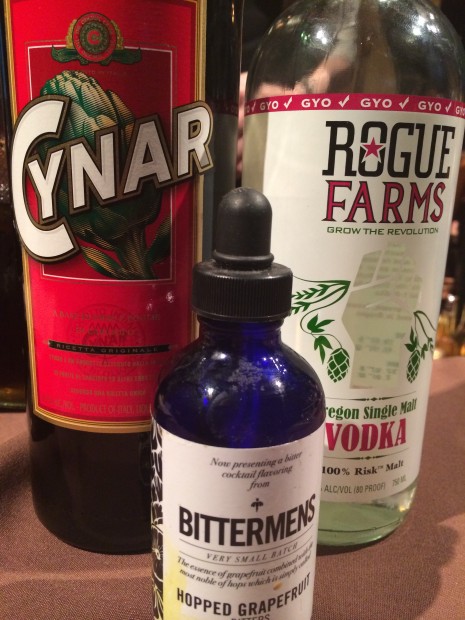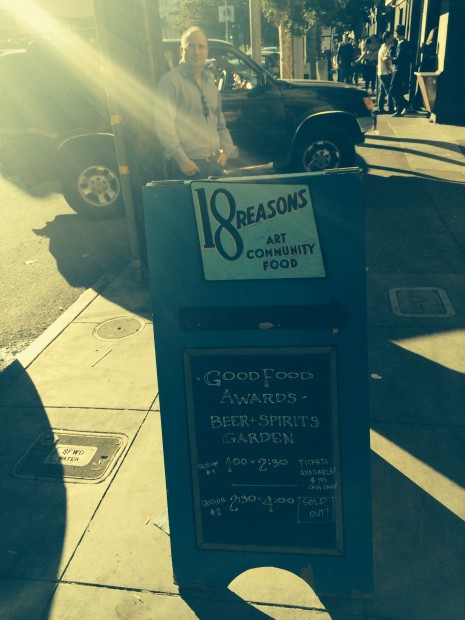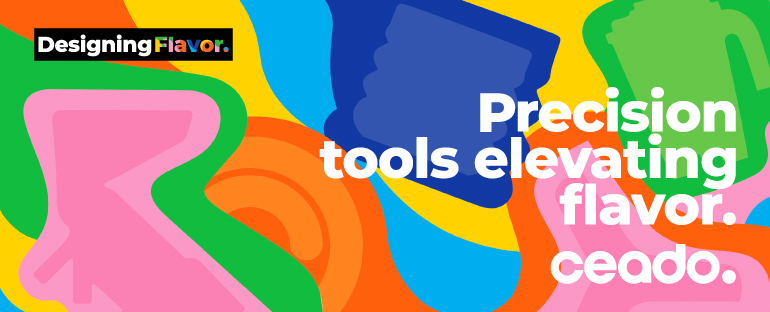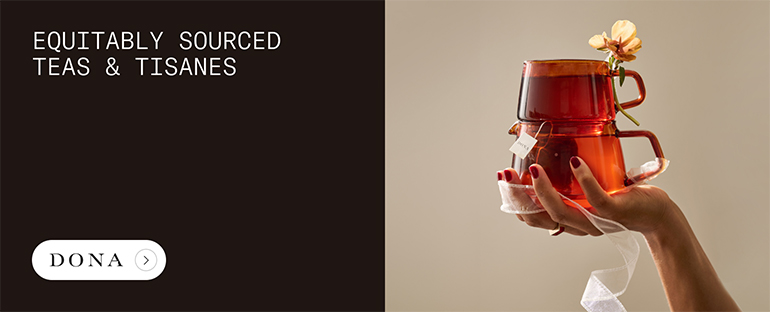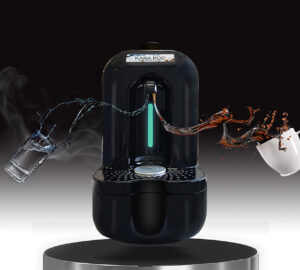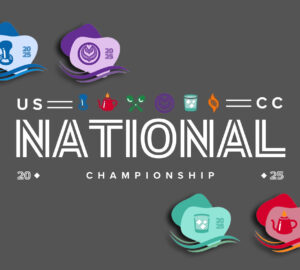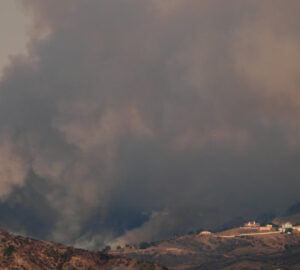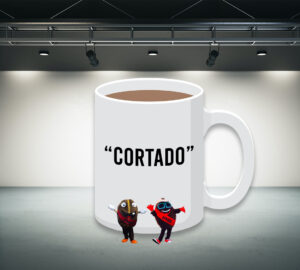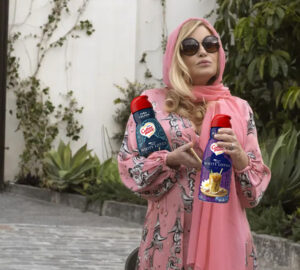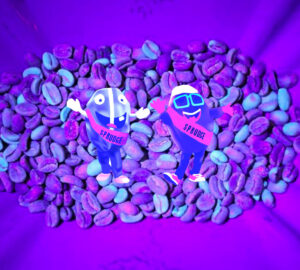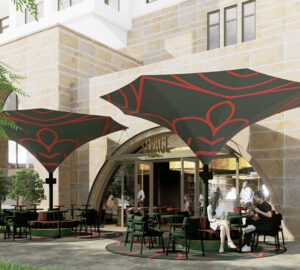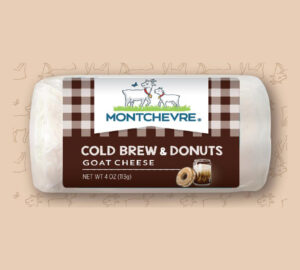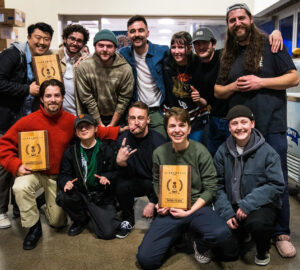You may have heard that the Good Food Awards recently happened, and that there was a rather large coffee component to the whole affair — possibly from the in-depth reporting by Sprudge. But there are a number of other categories in the competition beyond coffee, including beer, cheese, chocolate, oils, preserves, charcuterie, and spirits. Winners from all of these categories were made available for tasting in a series of events around San Francisco following the awards ceremony. While other Sprudge writers went off to try coffees, I decided to see what was happening in the Charcuterie and Spirits categories.
The coffee portion of the GFAs is in some ways the most rigorously evaluated of the categories, thanks in large part to the fact that coffee has a well established industry-wide tasting and rating system in the form of cuppings and the SCAA 100 point scale. While there are a number of different evaluation scales used for spirits, none of them are as universally accepted as the SCAA scale, and for things like charcuterie, the rubric is even more wide open.
The Good Food Awards do set some specific criteria in the non-coffee categories. Charcuterie should be “made by hand with meat from animals that were raised without hormones and provided with pasture and feed that is free of herbicides and pesticides.” The Spirits category has a similar focus on production: spirits should have “ingredients that are grown and sourced responsibly, with awareness of origin, seasonality, trade, and labor practices; and make an effort to use ingredients free of pesticides, herbicides, fungicides, and synthetic fertilizer wherever possible.”
There are also some more practical challenges to Charcuterie and Spirit tasting, which I experienced first hand-cured meat will pretty quickly turn your palate into mush only capable of tasting “salty” and “meaty,” while tasting too many spirits of course presents another kind of impairment problem. Luckily I suffered through this artisanal torture so you don’t have to.
Charcuterie:
Fra’mani is based in the Bay Area. They took home an award for their Salame Calabrese, which tasted exactly like you hope salame always tastes. It’s meaty and heavy, with a hint of red pepper. Something that you’d want on a sandwich with provolone, olive oil, shredded iceberg, and giardiniera.
Charlito’s Cerveza Seca started off with a nice little fermented wheat-y funk, which makes sense since it’s dry-cured beer salami. In addition to the beer notes, I got plenty of peppery, salty, olive-oily richness.
This Portland standby won for their Salami Cotto, but at the market they were offering a saucisson sec and their Chorizo Navarre – named after the restaurant in Portland, OR and described as “A perfect spicy accompaniment to the classical guitar of Andrés Segovia.”
Their meats were much more fat-forward with a bigger mouthfeel than most of the other meats. The chorizo had obvious notes of smoked paprika, red chili, and garlic, and a serious bite on the back end. The saucisson, a typical French style dry salami, was all out buttery meltaway meat.
Underground brought a Soppressata, this year’s winner, and their Goat Salami, which won a Good Food Award last year. The Soppressata is huge on black pepper spiciness and melts quickly into a silky richness. The Goat is more funky and gamy – definitely more complex than most straight pork sausages. It’s a little funky, and I get some notes of white and red pepper. This is one of the more “meaty” sausages. It’s not going to melt in your mouth. You’ve got to chew.
Spirits
With my palate blasted into salty meaty oblivion, I needed something to drink.
The spirits tasting event happened in the charming but crushingly small 18 Reasons, a “Community Food Space” in the Mission. On offer were the award-winning spirits, as well as some cocktails made with those products, and a selection of beer. There were tons of libations to go around – below is the selection of spirits I managed to try on my whirlwind tour around the very crowded and hot 18 Reasons.
The Sgt. Classick Gold Hawaiian Rum un-aged rum gets its stunning golden color from French oak used during the vatting process. It’s made with exclusively Hawaiian molasses in a distillery in Redwood City, CA. The rum tasted significantly more mature than its youth would lead you to believe. Mellow, satisfying, sippable. The cane sugar, molasses and oak are pretty forward with a little vanilla, and tropical fruit coming through in the nose. At the awards gala the bar was serving this rum in a Mai-Tai-inspired drink called the Local Potion.
Rogue was pouring their Rogue Farms Oregon Single-Malt Vodka, and oh wow is this vodka worth trying, even if you’ve never been a vodka fan. If you blindfolded me and had me taste this I would probably have guessed that is was an exceptionally mellow bourbon aged in a cabernet barrel or something. It’s got a huge bouquet of oak, vanilla, almonds, and dates. It’s made exclusively from Rogue Farms’ “Risk” Malt grown in Oregon’s Tygh Valley, and fermented using the company’s proprietary “Pacman” yeast.
At the awards gala the bartenders were mixing up this vodka with Bittermens Hop Grapefruit Bitters and Cynar, calling it Hoppy Together. This cocktail pushed all my buttons – bitter, tangy, sour, acidic, woody.
Osocalis is a distillery based out of Santa Cruz and has been around for nearly 25 years. They make traditional French-style brandies: Cognac-style grape brandy and Calvados-style apple brandy.
Their Apple Brandy had an absolutely delightful spice, balanced with some sour-apple tang. I was told that they grow and use a blend of traditional cider apples, a practice that’s relatively rare now, but was very in vogue a hundred or so years ago when hard cider was most popular. Much like a coffee blend, the intention of blending apples is to create greater balance, depth, and complexity.
Their Rare Alambic Brandy had more of the smooth mellowness that characterizes the Cognac style. It was unusually fruit-forward for a brandy, and basically tasted like Champagne pot-distilled to liquid gold.
The bartenders at 18 Reasons were making a cocktail using the Osocalis apple brandy, along with some Xocolatl Mole bitters, again from Bittermens. This drink tasted like a heady combination of liquid chocolate and apple pie, or Mexican hot chocolate and apple cider.
Originally from Wisconsin, and thus well-prepared for this feature on meat and alcohol, Leif Haven (@LeifHaven) is a Sprudge.com staff writer based in Oakland. Read more Leif Haven on Sprudge.
